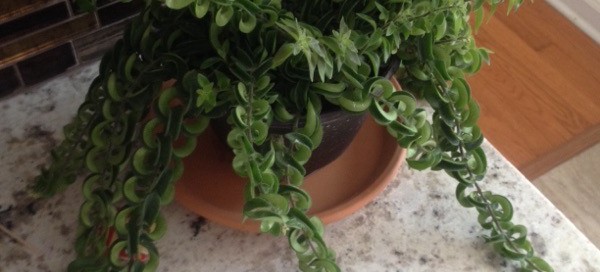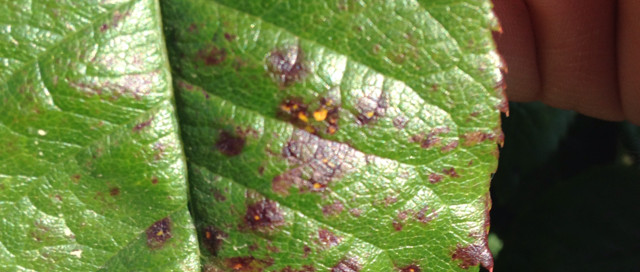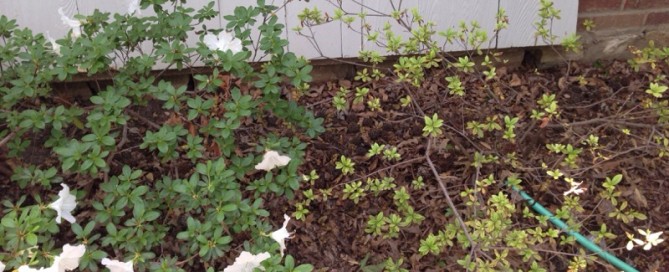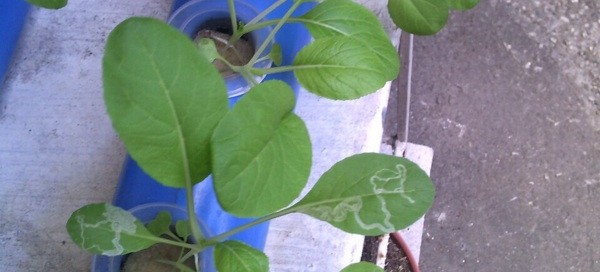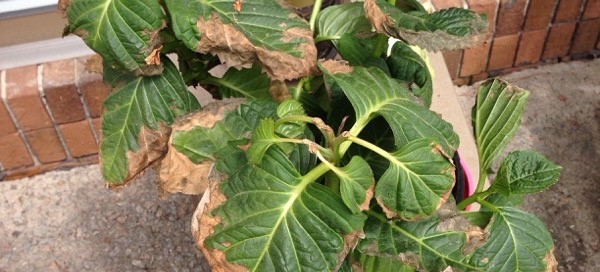Lipstick Plant
This appears to be a lipstick plant, but we cannot be positive without seeing it in flower. The tubular shaped flowers when in bud is encased in a purple calyx that resembles a lipstick and once the flowers emerge are typically red or orange depending on the cultivar. It is native to the rainforest. You can keep it outside in the summer in partial shade because it is triggered into flower by a warm, humid period followed by cooler temperatures. For this reason you'll see that it usually blooms in the fall into winter. Indoors, keep it in a bright window but not in strong direct sun - an eastern facing window is usually perfect in the northeast. Repot when necessary in March or April, and cut it back at that time before putting it outside again in May. Fertilize with a slow release or organic fertilizer formulated for blooming container plants from April through September when it starts to bud up again. Do not spray the foliage/buds once it starts to bloom as this can mar the flowers.
